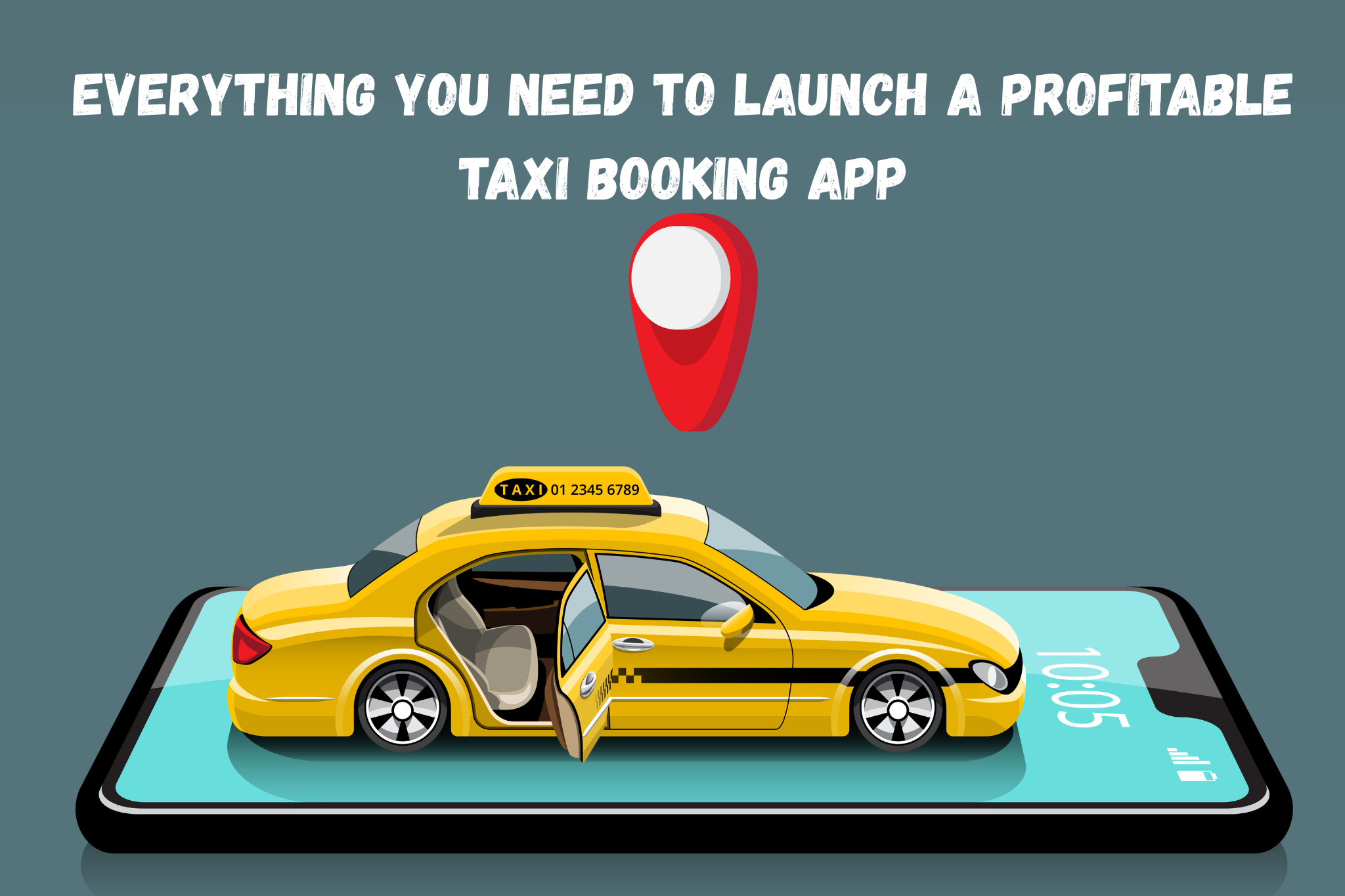If you’re looking for a taxi app development company that can turn your ride-hailing idea into a real, profitable business in 2025, you’re in the right place. But here’s the thing—building an app isn’t just about writing code. It’s about understanding what users want, what makes them trust your brand, and what makes them come back. Let’s break it down and look at all the key pieces you need to launch a taxi booking app that doesn’t just survive—but thrives.
Why 2025 Is the Best Time to Build a Taxi Booking App
Let’s face it: the world has changed. From remote work to on-demand everything, people expect services at their fingertips—and fast. Traditional taxi services are being left behind, and users are turning to apps that offer convenience, transparency, and speed. With the right tech and approach, there’s still huge room for growth in this space.
The Two Sides of the Coin: Riders and Drivers
Any successful taxi app has to serve two users: passengers and drivers. If either one struggles, your app won’t last. You need features that make life easier for both. Think of it like building two apps that sync in harmony.
Must-Have Features for Riders
1. Easy Registration & Login
Give users the ability to sign up using phone numbers, email, or social media. Make it quick and painless.
2. Real-Time Ride Booking
Nobody wants to wait. Let users book a ride in seconds, track the driver live, and see the estimated time of arrival (ETA).
3. Fare Estimation
Transparency matters. Let users see what they’ll pay before they book.
4. Multiple Payment Options
Integrate credit/debit cards, wallets, UPI, and even cash. The more choices, the better.
5. Ratings and Reviews
This isn’t just for riders—drivers benefit too. A review system builds trust and accountability.
6. Ride History and Receipts
Help users keep track of their past rides and allow easy access to digital receipts.
Must-Have Features for Drivers
1. Easy Onboarding
Make it simple for drivers to register, upload documents, and get verified.
2. Trip Alerts and Navigation
Let drivers receive trip requests with route suggestions, traffic updates, and navigation built-in.
3. Earnings Dashboard
Drivers want to know how much they’re making—daily, weekly, or monthly. A clear dashboard builds loyalty.
4. In-App Chat and Call
Enable direct communication between driver and passenger. It cuts confusion and improves experience.
Admin Panel: The Brain Behind the App
1. Fleet Management
Keep tabs on all drivers, rides, and payments in real time.
2. Commission and Payout Control
Set flexible commission structures and automate payouts to drivers.
3. User Support Tools
Integrate helpdesk tools so your support team can assist users quickly.
4. Analytics and Reports
Make informed decisions using real-time data on app usage, driver performance, customer feedback, and more.
Advanced Features for 2025 and Beyond
1. AI-Based Route Optimization
Use AI to suggest the fastest routes, avoid traffic, and reduce wait times.
2. Dynamic Pricing Engine
Let your system adjust fares based on demand, traffic, and driver availability—like Uber’s surge pricing.
3. SOS and Safety Features
Add panic buttons, ride-sharing with trusted contacts, and driver background checks to prioritize safety.
4. Voice Commands
Voice integration is gaining traction. Imagine booking a ride just by speaking into your phone.
5. Loyalty Programs
Reward repeat customers with discounts, ride credits, or priority bookings.
Design that Feels Right
1. Clean UI/UX
Your app shouldn’t feel cluttered. Use simple colors, big buttons, and clear navigation.
2. Accessibility
Ensure the app is easy to use for all—consider font sizes, color contrast, and screen reader support.
Choosing the Right Technology Stack
Want an app that works smoothly and scales with growth? Here’s what you need:
- Frontend: Flutter, React Native
- Backend: Node.js, Laravel
- Database: PostgreSQL, MongoDB
- Cloud: AWS, Google Cloud
- Maps & Tracking: Google Maps, Mapbox
How Much Does It Cost to Build a Taxi App in 2025?
It depends on complexity. A basic version can start at around $15,000, while a full-featured app with AI, real-time analytics, and scalable architecture can go up to $80,000 or more. The key is to focus on an MVP first, gather feedback, then grow it.
Monetization Strategies That Actually Work
How do you make money? Here’s how most apps do it:
- Commission on Each Ride
- Surge Pricing
- Subscription Models for Drivers
- In-App Ads
- Corporate Tie-Ups for Bulk Ride Bookings
Marketing Your Taxi App the Smart Way
1. Local Partnerships
Collaborate with local businesses, hotels, and event organizers.
2. Referral Programs
Word of mouth still works. Reward users for bringing their friends.
3. App Store Optimization (ASO)
Make your app easy to find on Google Play and App Store.
4. Social Proof
Showcase positive reviews, user testimonials, and safety ratings.
Pitfalls to Avoid
- Skipping the MVP phase
- Ignoring driver incentives
- Underestimating customer support
- Choosing the wrong tech team
- Poor UI/UX design
Conclusion: Bringing It All Together
Launching a taxi booking app isn’t just about going digital. It’s about solving real problems in people’s daily lives—whether it’s getting to work on time or arriving at the airport without stress. By choosing the right development partner, planning your features carefully, and building a user-friendly platform, you can create something genuinely profitable in 2025.
Looking for a trusted Mobile App Development Company in USA that understands this space inside out? Make sure to work with a team that doesn’t just code—but thinks like your customers do.
Frequently Asked Questions
What is the estimated time required to develop a taxi booking app?
Typically, an MVP can be built in 2–4 months. A full-featured platform may take 6+ months depending on complexity.
2. What platforms should I launch my app on?
Start with both Android and iOS for maximum reach. Cross-platform tools like Flutter can help you do both efficiently.
3. How do I attract drivers to my platform?
Offer fair commissions, regular payouts, and support. Adding incentives for peak hours also helps.
4. Can I launch my app in a single city first?
Absolutely. Starting local is smart—it helps you test the waters, gather feedback, and scale responsibly.
5. Is it necessary to include AI or voice control features?
Not necessary for launch, but they can give you a competitive edge. Focus on must-have features first, then upgrade gradually.








